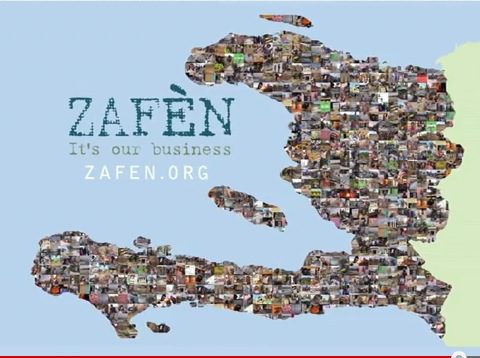Tropical Storm Isaac in August destroyed farms in the north, preceded by a spring drought that devastated farms there. Then came Hurricane Sandy, which passed west of Hispaniola and over Jamaica but was large enough to send 20 inches of rain over southern Haiti.
“This is a major blow to Haiti’s reconstruction efforts, making life for most vulnerable Haitians even more precarious,” said the United Nations humanitarian coordinator in Haiti, Nigel Fisher. “International partners’ ability to respond has been reduced by dwindling donor support,” he added.
The recent storms have damaged or destroyed 61 cholera treatment centers, leading to fears that there may be fresh outbreaks of an epidemic that has already killed more than 7,500 people since 2010.
The storm’s rare direct strike on the New York metropolitan area was devastating, but the heartache here, too, is wrenching and the recovery years off, if it happens at all.
Residents of Petit-Goâve, all of them quake victims who resettled in a plantain grove near a river, swam and climbed over tents and tombs in a nearby cemetery to escape the rising water. But Marie Helene Aristil lost her grip on her infant daughter, Juliana, whose lifeless body was found a mile away.
“It should have taken me, too,” Ms. Aristil, 25, said softly.
Though government officials have blamed unfulfilled aid pledges, international donors blame political uncertainty for the lack of progress. President Michel Martelly is on his second prime minister in a year and a half in office amid squabbles with Parliament.
“Donors don’t contribute if there is no government,” said Myrta Kaulard, the country director of the United Nations World Food Program, one of the agencies rallying aid to help 20,000 families make it through the winter.
The government estimates it will take $1.5 billion to modernize domestic agriculture and reverse decades of ill-conceived policies — including a reliance on cheap, subsidized American rice and Dominican poultry — that have left Haiti importing more than half of its food.
Farming has never been easy here, despite rich soil, regular rain and blasting sunshine. There is little irrigation to control the water, roads are so shot that produce spoils or is damaged before it reaches urban markets, and a good crop could yield about $1,000 for the year.
A number of initiatives have produced modest results in improving production and efficiency in farming, which 60 percent of Haitians, mostly tenant farmers on small plots, rely on to feed their families. But a report last month by Oxfam, an international aid agency, said there was no coordinated strategy to avert widespread crisis and neglect.
For concrete ways of aiding see the Vincentian Family efforts through Zafen.
Tags: poverty, Poverty Analysis, Vincentian Family, Zafen


